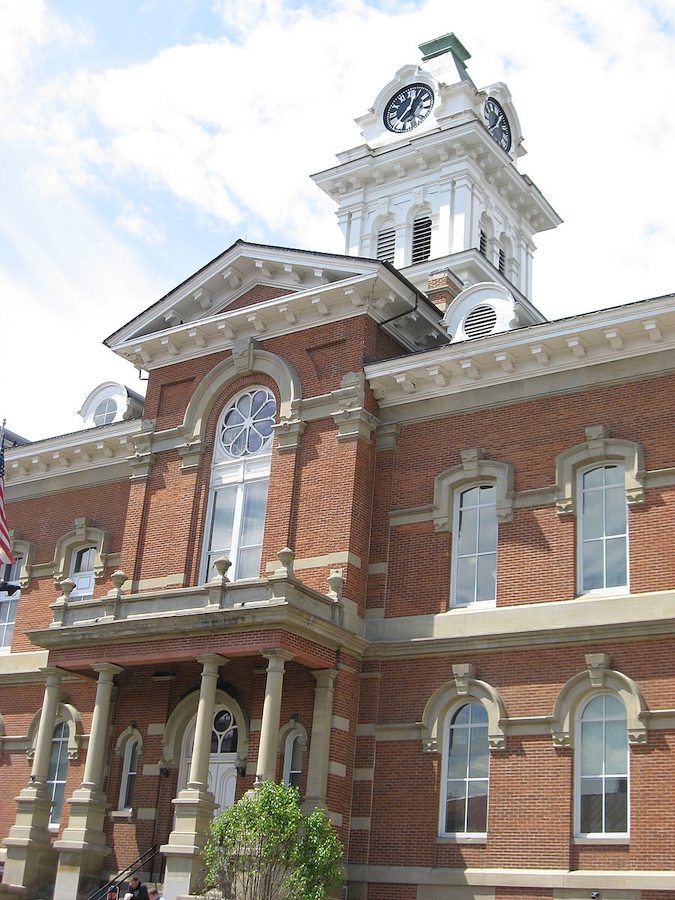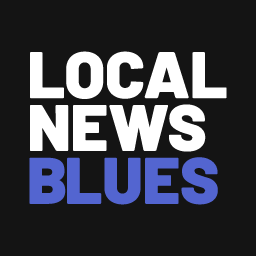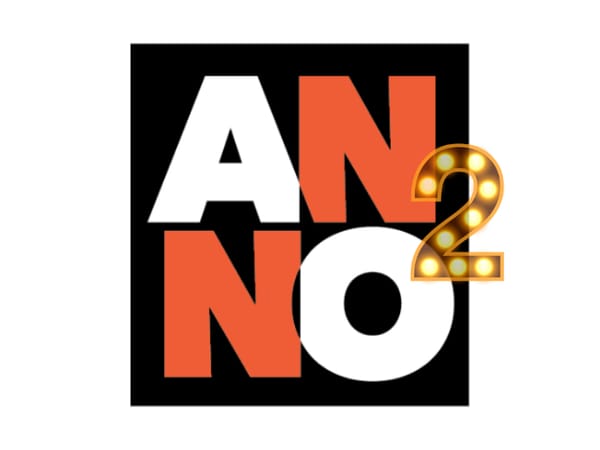Does big philanthropy really care about our smaller news markets?
Nonprofit news operations are critically different in structure; if revenues exceed expenses, those funds go to the community’s good. But making ends meet remains very hard in our smaller markets.

In his Jan. 15 Local News Blues commentary, Amos Gelb worried that the rapid shift to nonprofit newsrooms means less money for all. Existing for-profit outlets are converting to nonprofits not out of the goodness of the owners’ hearts, he said, but to access grant funding.
While conversions of big news ops make splashy news, the growth of nonprofit outlets is primarily driven by startups like mine, the Athens County Independent in southeastern Ohio. All over America, corporate owners have bought up local papers, bled those properties for every drop of profit, and then dropped the desiccated husks that have run dry. In many communities, local people — often former editors and reporters — are banding together to buy back legacy outlets in an attempt to save them or are establishing new ones.
Many are electing to set up as nonprofits. But being a 501(c)3 nonprofit doesn’t magically solve the problem of needing to bring in more money than you spend. In my mind, access to grants is the equivalent of seeking a bank loan or investment capital. Either way, you’re spending a lot of time and effort trying to convince someone with a lot of money to give a little of it to you.
Still, there is an important structural difference between nonprofit and for profit: A nonprofit has no owners or shareholders. When he converted his news operation to nonprofit, Paul Huntsman may have been driven by finances rather than altruism, as Amos said in his commentary, but the fact remains that he no longer owns the Salt Lake Tribune in the capitalist sense. Profits go back into serving the mission, not into Huntsman’s pocket.
That’s what motivated my co-founders and me to make the Athens County Independent a nonprofit. We all worked at our local legacy (for-profit) newspapers, which have been on a steady slide into irrelevance since Adams Publishing Group bought them in 2014. We wanted to ensure that our news op, the Independent, couldn’t be (easily) sold and that profits would benefit the community, not distant owners.
Of course, we entertained visions of getting big grants from Big Philanthropy. But it didn’t take us long to realize that wasn’t going to happen.
Nearly 60% of foundation grants go to national and global nonprofit outlets, according to the Institute for Nonprofit News. Local outlets — which INN defines as those serving audiences at the county, city or town level or having a specific focus — represent almost one-fourth of nonprofit news jobs, but we get less than 20% of foundation funding. That gap represents millions and millions of dollars.
Theoretically, the Independent competes with the likes of the Salt Lake Tribune and Amos’ own outlets for funding. Experience and observation, however, tell me that the Independent doesn’t even register on Big Philanthropy’s radar. If we do, it’s because we’re fortunate to have a champion who moves in those national circles. Without his promotion, we’d be in the same boat as our small-market peers.
Which really burns my biscuits, because it seems that when folks talk about the “local news crisis,” they’re not talking about Athens County, Ohio; they’re talking about cities the size of Salt Lake or even bigger.
But small, rural and/or poor areas are at the center of this phenomenon of journalistic decline. Our communities are far more likely to be news deserts or served by ghost papers because of the challenges in serving this market.
There’s a reason why Gannett is dumping its small-town papers, and it’s not just because of a bad merger. It’s simply harder to make money when your audience and advertising base are one-fourth that of a major metro area.
Athens County is home to 63,000 people in all, with about 35,000 of those aged 25 and up – the Independent’s primary target audience. It’s poor: The poverty rate approaches 25%, and over 13% of our readers say they are financially unable to support our work. The largest employers are a state university and health systems that are headquartered elsewhere; most of our ad base is in food and beverage service or arts and entertainment — not exactly deep pockets.
Small markets also have fewer philanthropic resources. Our local community foundation is 40 years old and has a total endowment of $10 million. Compare that to the $2.8 billion endowment of the Cleveland Foundation, which launched Signal Ohio with the American Journalism Project. (Remember the relative sizes of these two endowments when folks with Press Forward say that our local philanthropists need to “step up.”)
Small market, however, doesn’t mean small need. Whether the audience is 50,000 or 5 million, people need routine reporting on their governments. Athens County has two cities, eight villages, five census-designated places, 14 townships and five school districts, plus a major state university and a public community college. And the audience deserves coverage of major issues. In our case, these include massive income disparities, a shortage of decent affordable housing, lack of access to health care (especially mental health), and environmental damage from coal mining and fracking, among others.
I’m not saying that small markets aren’t viable. Small markets, however, present business challenges that corporations are often unwilling to face, and those challenges make launching or growing a local news operation especially difficult. National funders could ease those burdens, but first they have to acknowledge our existence — and our importance.
Communities like mine deserve strong, vibrant local news every bit as much as the people of Salt Lake City or Baltimore or D.C. I’m not worried about competing for funding or about nonprofit proliferation. I’m worried that funders and policymakers are more interested in “saving” news in cities and major metro areas than in small markets like mine, leaving us behind yet again.
Corinne Colbert is cofounder and editor in chief of the Athens County Independent, a nonprofit digital news startup in southeastern Ohio. (Her opinions shared through Local News Blues are her own, not the Independent’s.) Read more at the Local News Blues contributors page.





